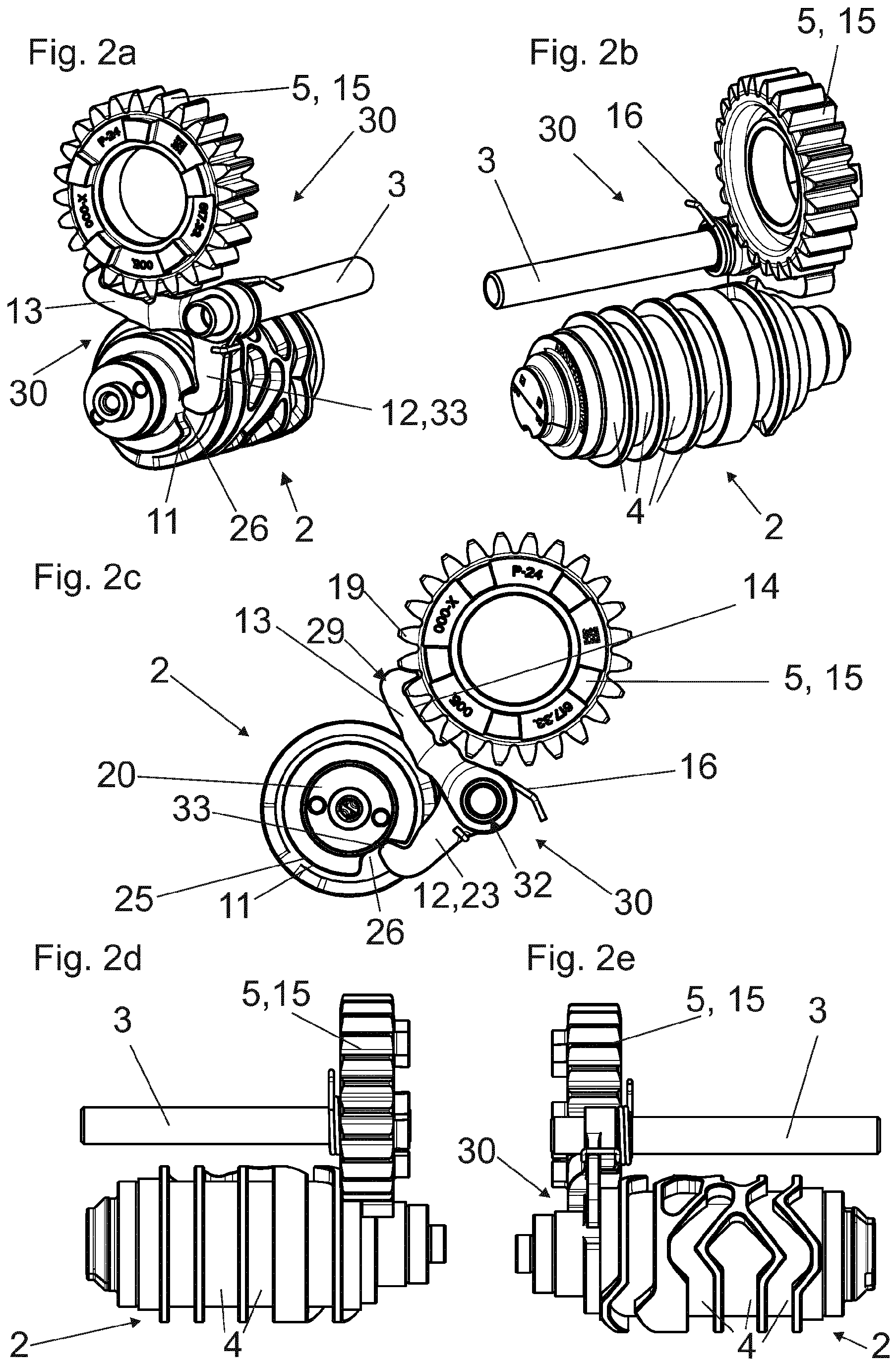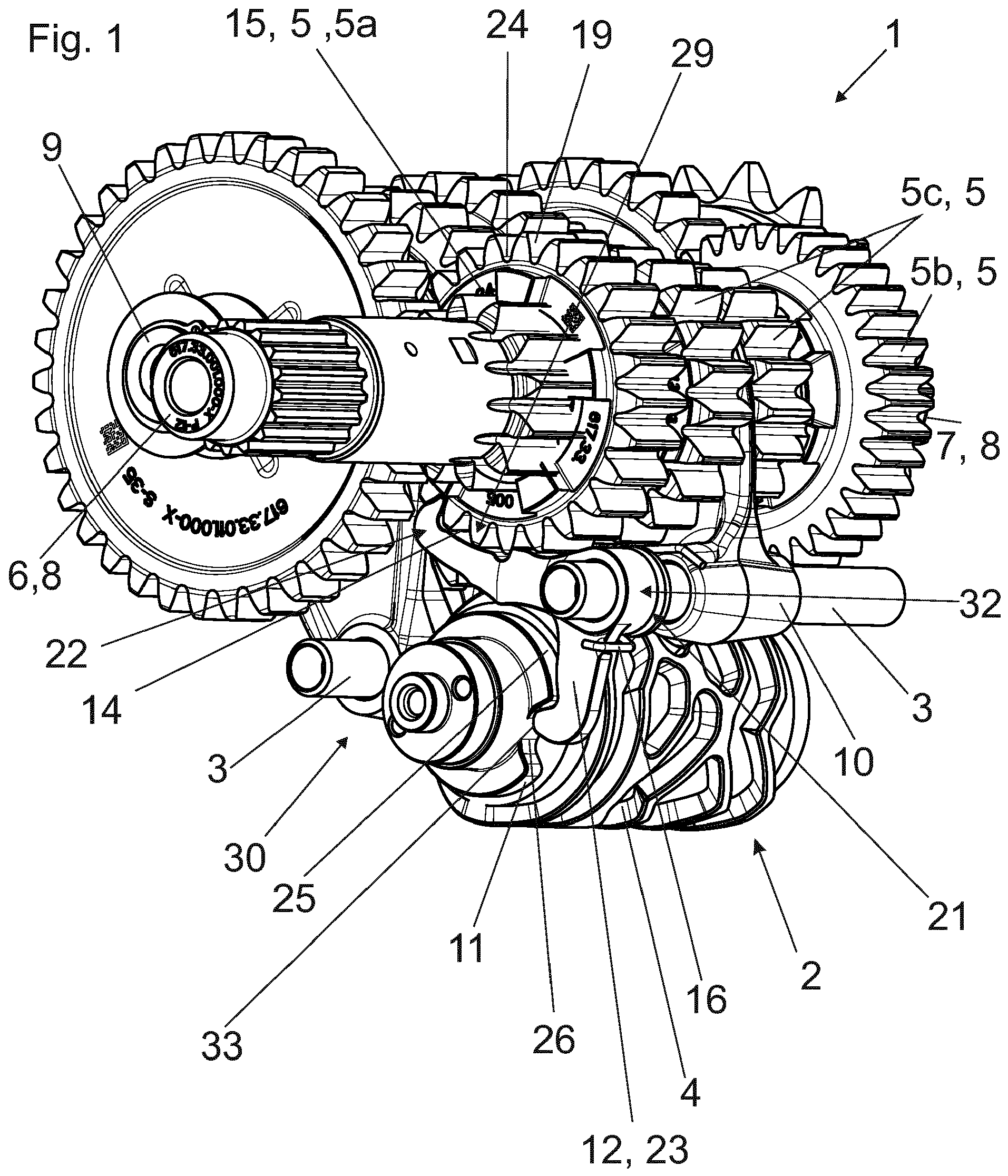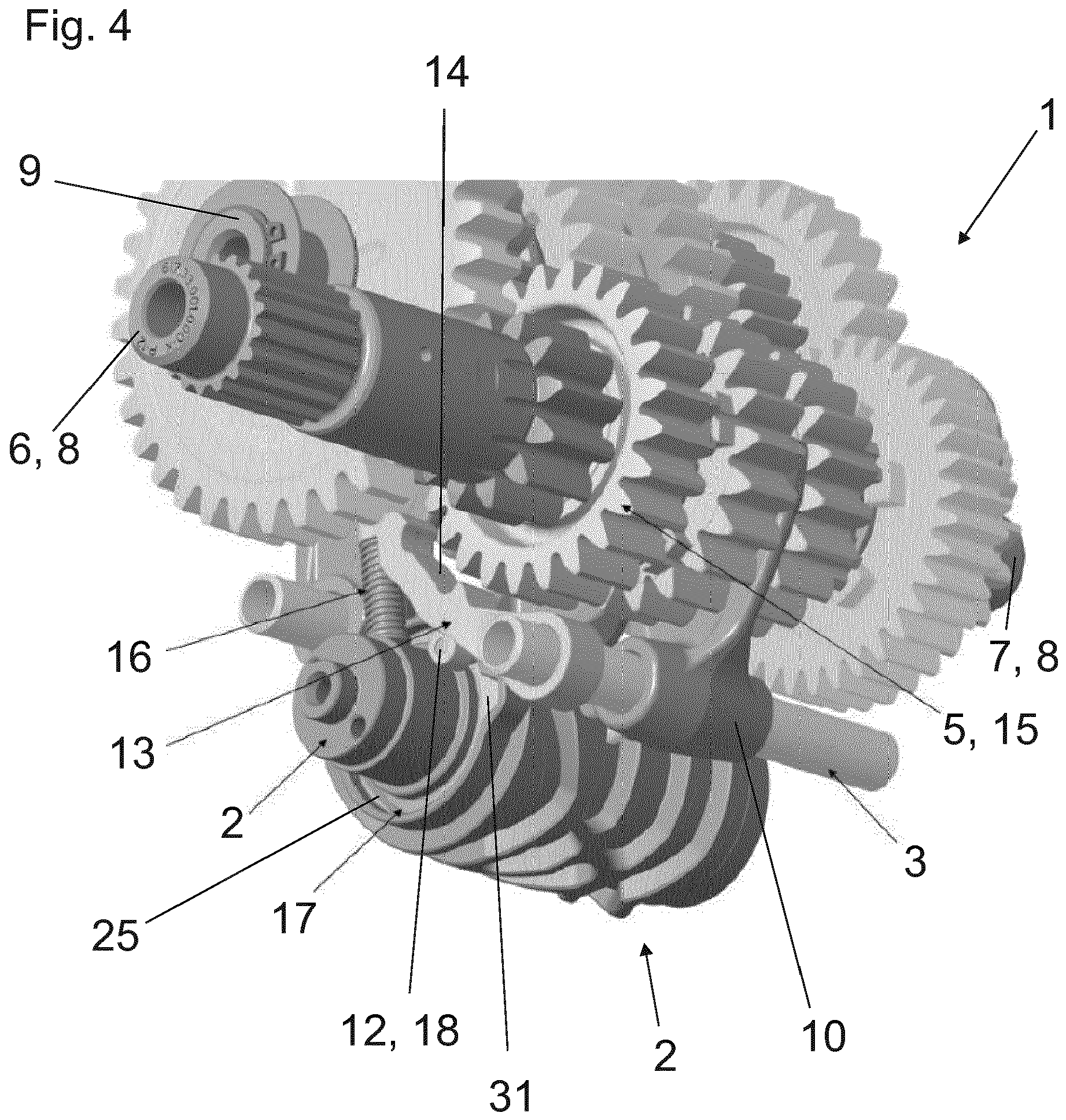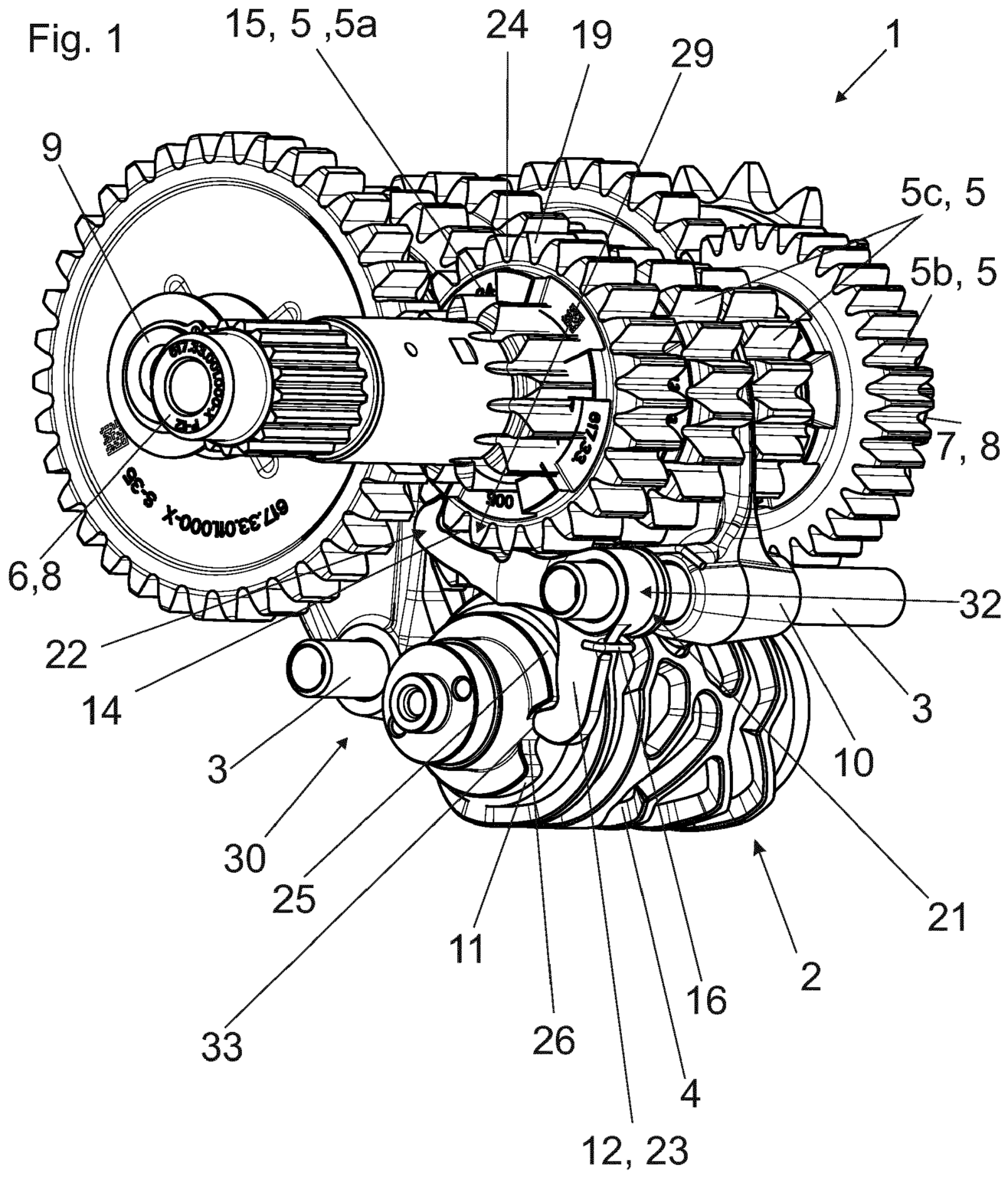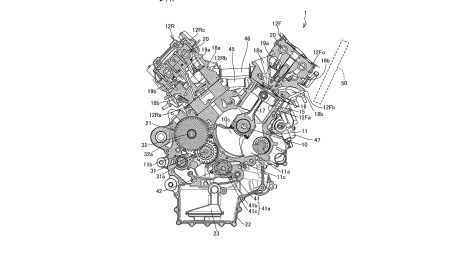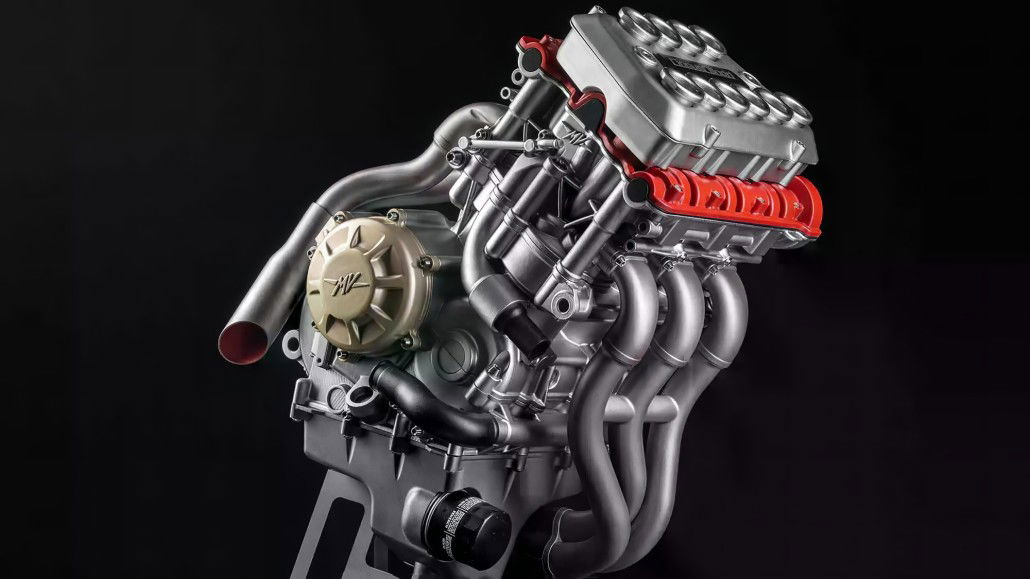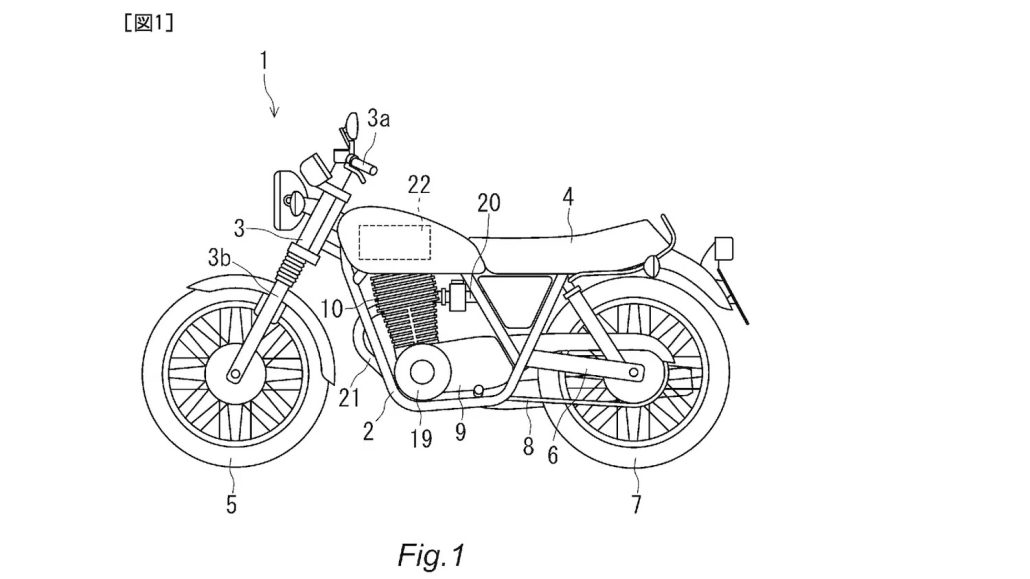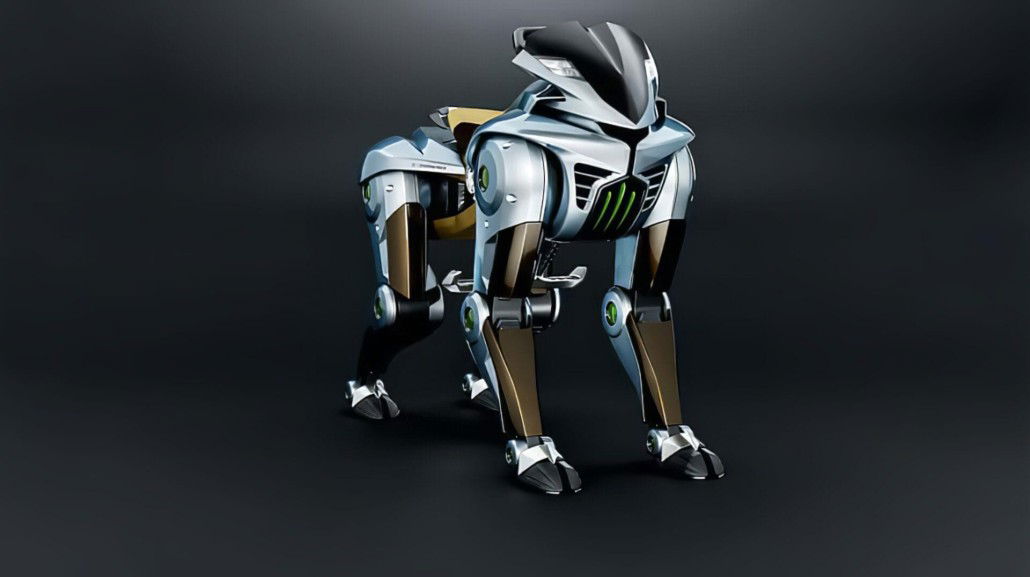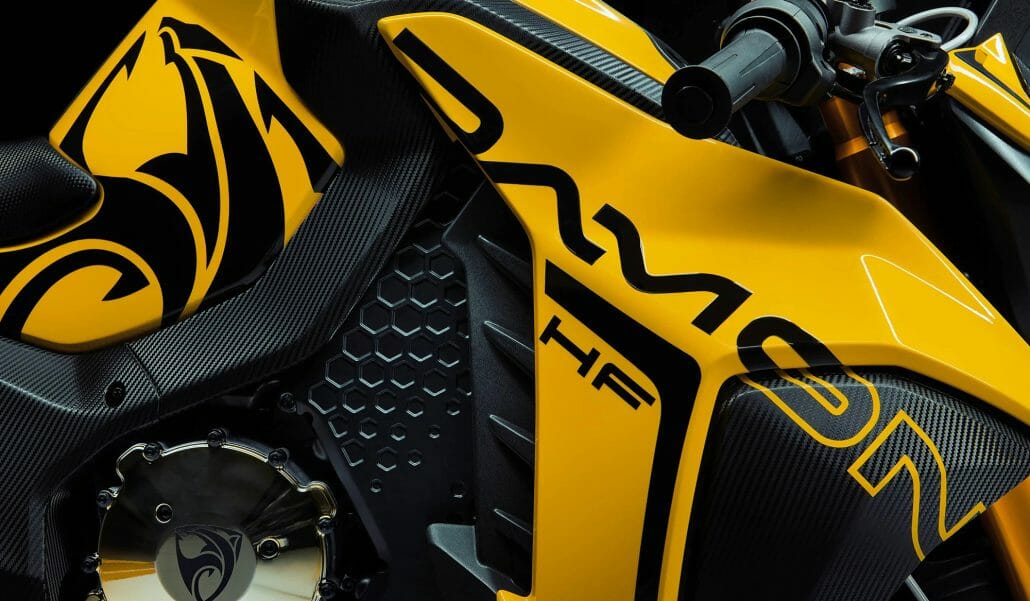A semi-automatic gear shift could be available for KTM 1290 Super Duke models in the near future. On February 9, 2023, the U.S. Patent and Trademark Office published a patent application from the KTM AG of Mattighofen, Austria. This was filed on August 2, 2022. It is about a “manual transmission lock” as a parking aid, which sounds quite unspectacular at first. However, a closer look at the patent gives insight into KTM’s future vision of a semi-automatic transmission for at least some of their 1290 Super Duke models.
Problems with parking motorcycles
Motorcycles often need to be shifted into gear when parked to avoid rolling away. This can cause problems, especially on uneven surfaces or during transportation. On motorcycles with automatic transmissions, such as scooters, either a separate parking brake is required for this purpose or the existing braking system must be used. Both have disadvantages, such as additional parts or an increased load on the braking system.
KTM’s solution
KTM’s solution to this problem is a transmission lockout with a ratchet wheel in the transmission that can be locked by a pawl and thus held in position. The patent drawings and text are very detailed and describe the system in great detail. However, it gets interesting when KTM describes the areas of application for this technology.
Semi-automatic transmission for KTM Super Duke
“Preferably the gearbox is designed as an automatic gearbox, preferably wherein the gearshift cylinder can be rotated by means of a gearshift motor and/or a gear drive. This means that gears can be shifted fully-automated, or automatically based on an actuation by the motorcyclist.”
The gear shift is to be incorporated into an automatic transmission that can be operated automatically by a shift motor or drive. This means that the gears can be shifted fully automatically or automatically based on activation by the rider. In another embodiment, the motorcycle is to have a “normally open” clutch that is only active at a certain speed. This clutch is typical of motorcycles with automatic transmissions.
Competition in sight: KTM plans own version of semi-automatic transmissions similar to Honda and MV Agusta
Although there is no guarantee that the patent will actually be used in a new model, there are already similar systems on the market. Honda, for example, offers Dual Clutch Transmission (DCT) in the NC750X, Africa Twin and Gold Wing models. MV Agusta has the SCS system in its range for the Turismo Veloce Lusso and the Dragster RR. So KTM could well launch its own version of this concept.
Part numbers in patent drawings confirm use in 1290 Super Duke models
How do we know that the patent described is for the 1290 Super Duke models? A look at KTM’s detailed drawings shows some part numbers that are already used in existing 1290 Super Duke models.
It is worth noting that an almost identical patent application was filed with the European Patent Office in German and has already been published – one day before publication in the US. This shows the seriousness of KTM in implementing this technology and it is likely that we will soon see it on the roads.
Summary
The patent describes a system for locking the transmission for parking assistance, to be used in an automatic transmission. There are indications that this system will be used in the KTM 1290 Super Duke. With this technology, KTM could take an important step in the motorcycle industry and challenge the competition in terms of semi-automatic transmissions.
Excerpt from the patent
Gearbox lock (30), preferably for parking assistance, for a gearbox (1) comprising at least one gearshift drum (2) and at least one ratchet wheel (15) with toothing (19), the gearbox lock (30) having a rotatably mounted pawl (13), wherein the pawl (13) engages the toothing (19) of the at least one ratchet wheel (15) in a locked position and is disengaged from the at least one ratchet wheel (15) in a freewheeling position, and wherein the pawl (13) is biased by a spring element (16) in the direction of the locked position, wherein an engagement element (12) is connected to the pawl (13), wherein the engagement element (12) holds the pawl (13) in the disengaged position by directly cooperating with the shift roller (2) against the action of the spring element (16), when the shift roller (2) assumes a rotational position in a freewheeling rotational range, and wherein the pawl (13) can be released from the shift roller (2) into a locked position by means of the engagement element (12) when the shift roller (2) assumes a rotational position in a locking rotational range.

- DUNLOP 637884Dunlop - Sportsmart Mk4 - 120/70 Zr17 Tl 58(w) - Sommerreifen
